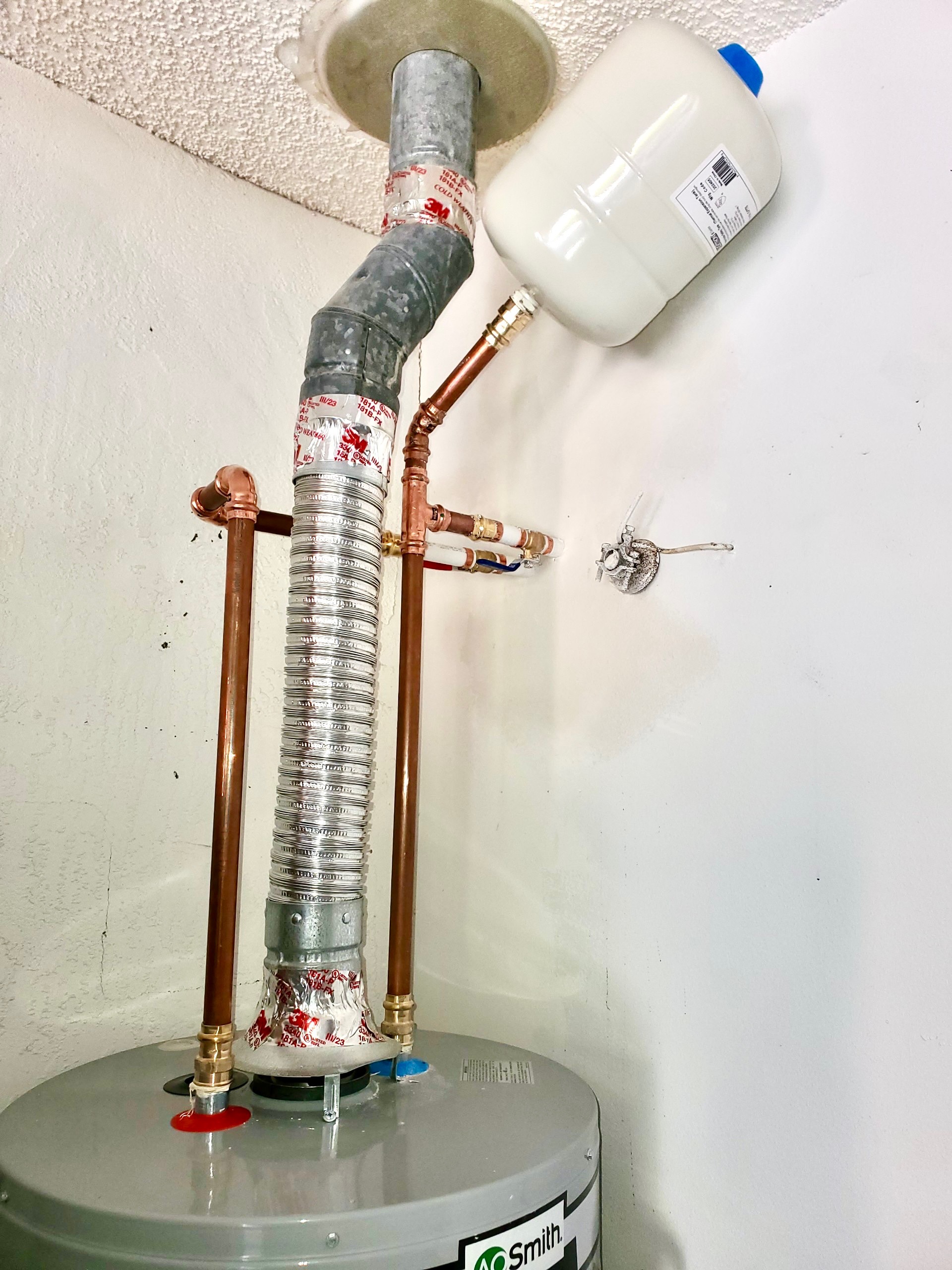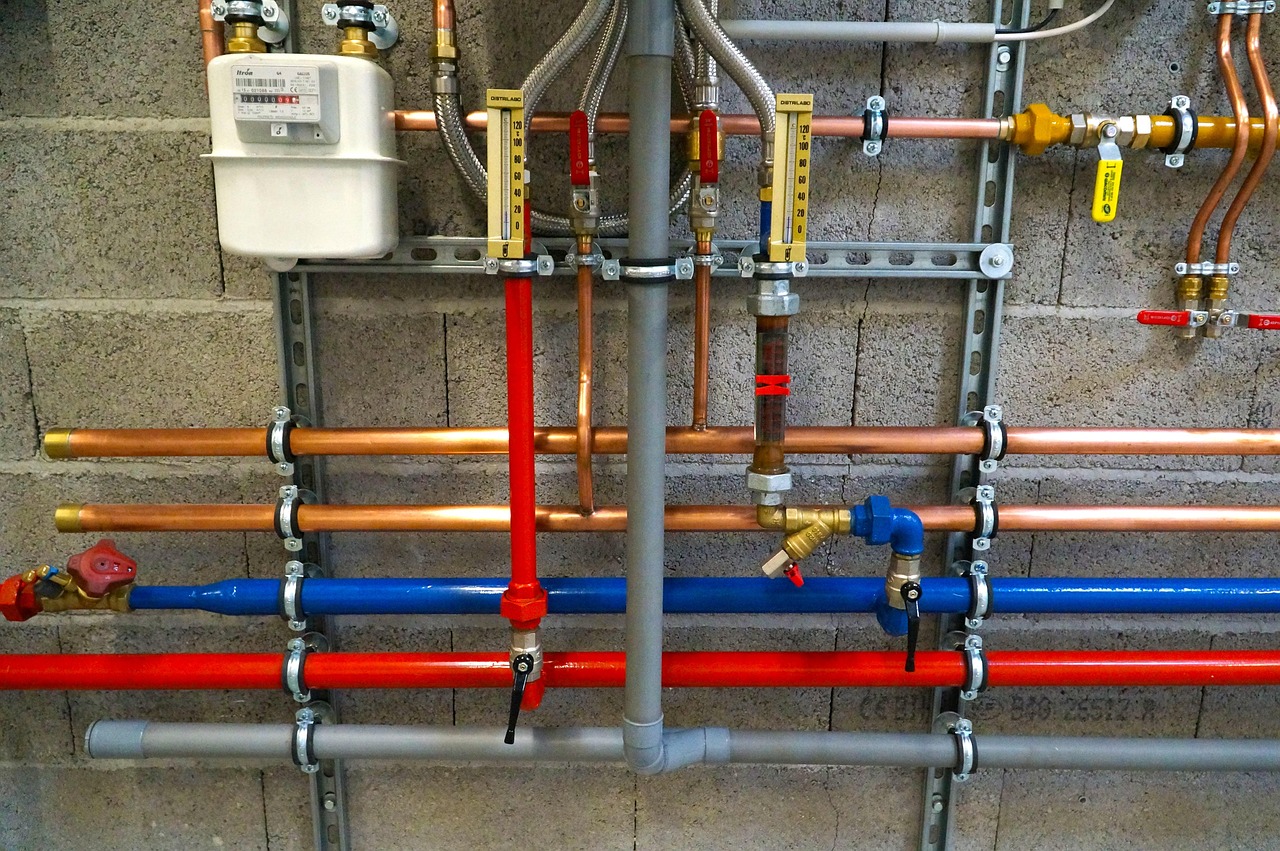
Teflon tape, also known as plumber’s tape or PTFE tape, is one of the most essential and widely used materials in plumbing. It creates a watertight seal on threaded pipe connections, reduces friction during tightening, and helps prevent leaks in everything from small home repairs to major plumbing installations. Even though it’s simple and inexpensive, many people misunderstand how it works or use it incorrectly, which can lead to dripping joints, damaged threads, or premature wear on fittings. Learning how to use Teflon tape properly can make your plumbing projects easier, more reliable, and longer-lasting.
What Is Teflon Tape?
Teflon tape is a thin, flexible film made of PTFE (polytetrafluoroethylene). It does not contain adhesive; instead, it relies on its ability to stretch, mold into threads, and compress as fittings tighten together. PTFE is naturally resistant to heat, chemicals, and water, which makes it ideal for sealing plumbing joints.
When wrapped around the threads of pipes and fittings, Teflon tape fills tiny gaps between the mating surfaces. These small voids are the main places leaks occur in threaded connections. Because the tape is soft and pliable, it forms a barrier that water cannot pass through. This prevents leaks without interfering with how the threads tighten.
There are several types of Teflon tape beyond the common white version. White PTFE tape is used for most household plumbing jobs. Yellow tape is thicker and designed for gas lines, while pink tape is heavier-duty for larger water connections. Gray and green PTFE tapes exist for industrial and specialty applications such as stainless-steel threads or oxygen lines.
Here are a few reliable examples homeowners often use:
- White PTFE Tape (Standard Water Use): https://www.homedepot.com/p/Oatey-1-2-in-x-260-in-PTFE-Plumber-s-Tape-31403/100204735
- Pink Heavy-Duty Water Line PTFE Tape: https://www.amazon.com/gp/product/B00K0N4QCG
- Yellow Gas Line PTFE Tape: https://www.homedepot.com/p/Oatey-1-2-in-x-260-in-Yellow-Gas-Line-PTFE-Tape-31402/100204733
When Should You Use Teflon Tape?
Teflon tape is used exclusively on threaded pipe joints. These connections rely on the threads to create a seal, but metal threads rarely form a perfect seal on their own. Without a sealing material, water can seep through the microscopic gaps between the threads and cause leaks.
Anytime you are working with a threaded plumbing connection—whether installing a new fixture or repairing an old one—Teflon tape should be part of the process. This includes shower heads, faucet connections, water heater nipples, washing machine hoses, hose bibs, valve threads, and various pipe fittings.
There are also situations where Teflon tape should not be used. Slip joints, compression fittings, and flare fittings all seal using different methods and do not require tape. In fact, adding Teflon tape to those types of connections can interfere with the seal or cause improper tightening. Understanding the difference between threaded fittings and other types of plumbing joints ensures the tape is only used where appropriate.
How To Properly Use Teflon Tape
Applying Teflon tape correctly is simple once you understand the technique. The direction you wrap the tape, the amount you use, and how smoothly it is applied all play a role in creating a watertight seal.
Before applying the tape, clean the threads with a cloth or brush to remove old tape, dirt, rust, or debris. Starting with clean threads gives the new tape the best chance of forming a proper seal. Hold the pipe or fitting so the threaded end is facing you. Place the end of the Teflon tape on the threads and begin wrapping the tape clockwise. This direction ensures that the tape tightens with the fitting rather than unraveling as you screw the connection together.
Wrap the tape around the threads two to four times. Each wrap should overlap slightly to cover the threads fully and evenly. The tape should lay flat without twisting, bunching, or forming ridges. After wrapping, smooth the tape into the grooves of the threads with your fingers. This helps the tape conform to the shape of the threads and prepares the surface for the fitting.
Finally, thread the connection together by hand before tightening with a wrench or pliers. If you’re looking for a dependable adjustable wrench, this one is commonly recommended:
https://www.amazon.com/IRWIN-VISE-GRIP-Adjustable-Wrench-2078608/dp/B000A0S4YO
As the two pieces tighten, the tape compresses and fills any gaps in the threads, forming a tight, leak-free seal. If the connection is ever removed, the tape should be replaced with fresh tape to ensure a reliable seal during reassembly.
Tips for Best Results With Teflon
To get the best results with Teflon tape, start by choosing the correct type of tape for the job. Standard white PTFE tape works for most household water lines, but heavy-duty or gas-rated applications require thicker, specialized tape. Using the wrong tape can lead to leaks or unsafe installations.
Another tip is to avoid wrapping tape over the very end of the threads. Leaving the first thread or two exposed makes it easier to start the fitting without snagging or tearing the tape. Overwrapping the tape is also a common mistake. Too much tape can prevent threads from tightening properly or even cause plastic fittings to crack under pressure.
For metal fittings, especially brass and steel, Teflon tape can be paired with thread sealant (pipe dope) for additional sealing strength. A popular sealant used by both DIYers and professionals is:
https://www.homedepot.com/p/RectorSeal-1-4-pt-No-5-Pipe-Thread-Sealant-25790/100351709
However, for most household plumbing, Teflon tape alone is sufficient.
Common Mistakes to Avoid
One of the most common mistakes is wrapping Teflon tape in the wrong direction. If wrapped counterclockwise, the tape will unwind as the fitting is tightened, leading to a poor seal. Another common error is using tape on fittings that don’t require it, such as compression fittings or rubber washer connections. These seals rely on mechanical pressure, not thread sealing, and tape can interfere with proper tightening.
Using damaged or low-quality tape is also problematic. Cheap or old tape can shred easily, leaving pieces inside the connection that may obstruct flow or get caught in aerators and faucet cartridges. Always use fresh, intact tape designed specifically for plumbing.
Frequently Asked Questions About Teflon Tape
What direction do you wrap Teflon tape?
Wrap Teflon tape clockwise around the threads so it tightens as the fitting tightens.
How many times should I wrap Teflon tape?
Most threaded connections need two to four wraps of tape. Worn or loose threads may require an additional wrap.
Can I use Teflon tape on metal and plastic threads?
Yes. Teflon tape works on both metal and plastic threads, but avoid over-tightening plastic connections to prevent cracking.
Do I need Teflon tape on compression fittings?
No. Compression fittings seal with a compression ring, not threads. Tape interferes with the sealing process.
What’s the difference between white and yellow Teflon tape?
White tape is for standard water plumbing. Yellow tape is thicker and used for gas lines only.
Can I use pipe dope instead of Teflon tape?
Yes. Many professionals use pipe dope alone or combined with Teflon tape in high-pressure or high-heat applications.
Can Teflon tape clog pipes?
If applied incorrectly and pieces tear off, yes. Using high-quality tape and proper wrapping prevents this.
Can I reuse old Teflon tape?
No. Teflon tape should be replaced anytime a fitting is taken apart.
Does Teflon tape prevent leaks completely?
It significantly helps, but a proper fitting, good threads, and correct tightening are also essential.
Teflon Tape Is Simple But Essential
Teflon tape is a simple but essential tool in plumbing, used to seal threaded connections and prevent leaks. When applied correctly, it provides a reliable, watertight seal that helps fittings last longer and threads stay protected. Whether you’re installing a faucet, replacing a shower head, connecting water lines, or working on a larger plumbing project, knowing how to use Teflon tape properly saves time, prevents leaks, and ensures the job is done right.
If you run into persistent leaks, damaged threads, or fittings that won’t seal even with tape, it could indicate a deeper plumbing issue. In those cases, consulting a licensed plumber ensures your system is safe and functioning correctly.
What’s Next?
Doug Herrell Plumbing is a trusted leader in Brevard County, Florida, specializing in slab leak detection and re-piping services. Call us today for a free estimate before a slab leak causes unnecessary damage to your property.
About Doug Herrell Plumbing – lic#CFC 048487
Doug Herrell Plumbing has been Brevard County’s source for plumbing services since 1980. We are a family owned and operated business and take tremendous pride in providing honest and reliable plumbing services at an affordable price.
CALL 321-254-0004
Serving Melbourne, Palm Bay, Viera, Suntree, Titusville, Merritt Island, Melbourne Beach, Indialantic, Indian Harbour Beach, Cape Canaveral, Satellite Beach, Rockledge, West Melbourne, Cocoa, and Cocoa Beach.
continue reading


